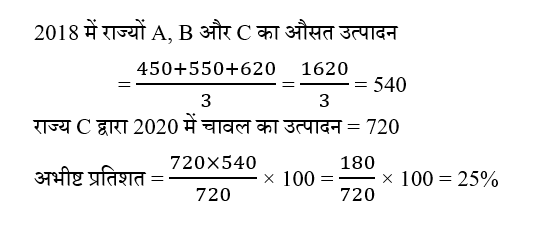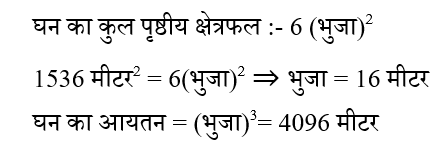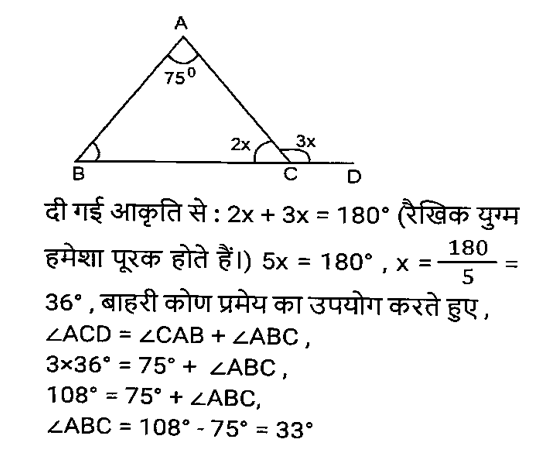Question 1:
Study the table given below which gives the percentage marks obtained by 5 students P, Q, R, S and T in 5 subjects, A, B, C, D and E. The maximum marks for each subject are given in brackets against each subject.
नीचे दी गई तालिका का अध्ययन करें जो 5 विषयों, A, B, C, D और E में 5 छात्र P, Q, R, S और T द्वारा प्राप्त प्रतिशत अंक के बारे में बताती है। प्रत्येक विषय के लिए अधिकतम अंक प्रत्येक विषय के सामने ब्रैकेट में दिए गए हैं।
|
विषय→ छात्रा ↓ |
A (50) |
B(75) |
C (75) |
D (150) |
E(50)
|
|
P |
60 |
76 |
80 |
56 |
52 |
|
Q |
66 |
72 |
64 |
58 |
68 |
|
R |
58 |
84 |
72 |
70 |
74 |
|
S |
78 |
56 |
76 |
48 |
86 |
|
T |
88 |
60 |
72 |
60 |
70 |
What is the average percentage of marks obtained by all the students in subject 'C'?
विषय 'C' में सभी छात्रों द्वारा प्राप्त औसत प्रतिशत अंक क्या है?
Question 2: 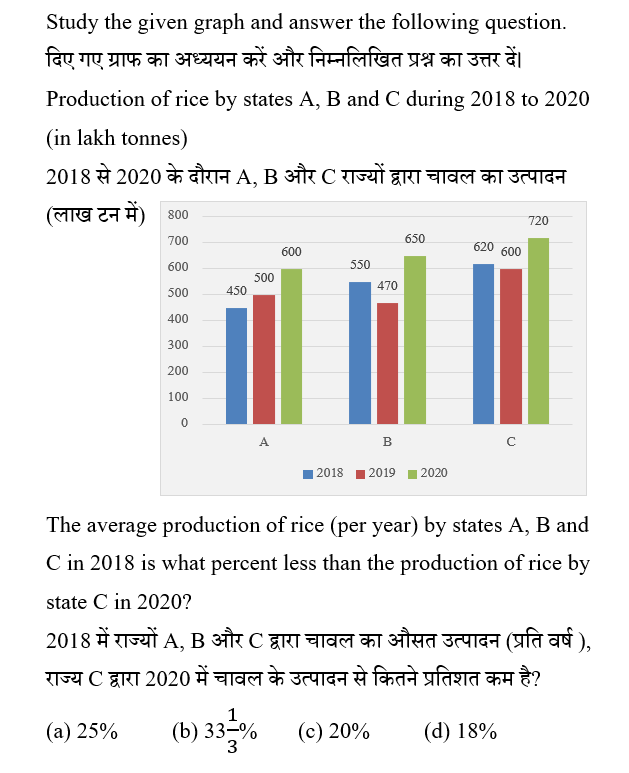
Question 3: 
Question 4: 
Question 5: 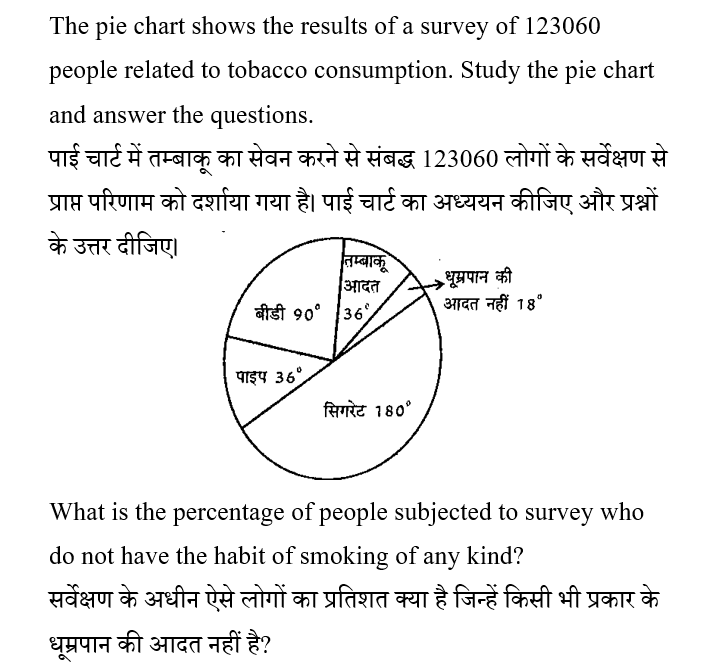
Question 6:
The ratio of a man's age to his father's age is 4 : 5 and the ratio of his age to that of his son is 6 : 1. Four years ago, these ratios were 11 : 14 and 11 : 1 respectively. What will be the ratio of the ages of the grandfather and his grandson 12 years from now?
एक व्यक्ति की उम्र और उसके पिता की उम्र का अनुपात 4 : 5 है तथा उसकी और उसके पुत्र की उम्र में 6 : 1 का अनुपात है। चार वर्ष पहले, ये अनुपात क्रमशः 11 : 14 और 11 : 1 थे। दादा तथा उसके पोते की उम्र में अब से 12 वर्ष बाद क्या अनुपात होगा?
Question 7: 
Question 8: 
Question 9:
A man can run at a speed of 5km/h in still water. If the speed of the stream is 2.5 km/h, then it takes 4 hours more to travel the same distance upstream than downstream. Find the distance (in km)?
एक आदमी शांत पानी में 5km/h की रफ्तार से दौड़ सकता है। यदि धारा की गति 2.5 km/h है, तो धारा के प्रतिकूल में समान दूरी के लिए धारा के अनुकूल की तुलना में 4 घंटे अधिक समय लेती है तो दूरी (km में) ज्ञात कीजिए ?
Question 10:
In a ∆ABC, side BC is produced from vertex C to point D such that ∠ACB and ∠ACD are in the ratio 2 : 3. If ∠A = 75°, then what is the value of ∠B?
एक ∆ABC में, भुजा BC को शीर्ष C से बिंदु D तक इस प्रकार बढ़ाया जाता है कि ∠ACB और ∠ACD, 2 : 3 के अनुपात में हो जाते है। यदि ∠A = 75° है, तो ∠B का मान क्या है?


